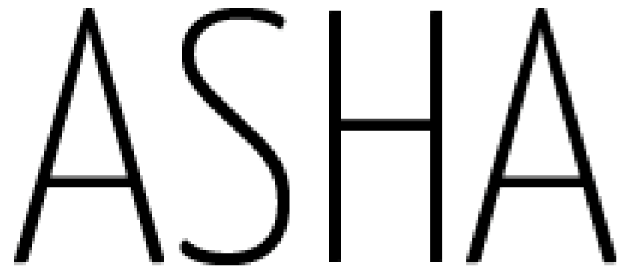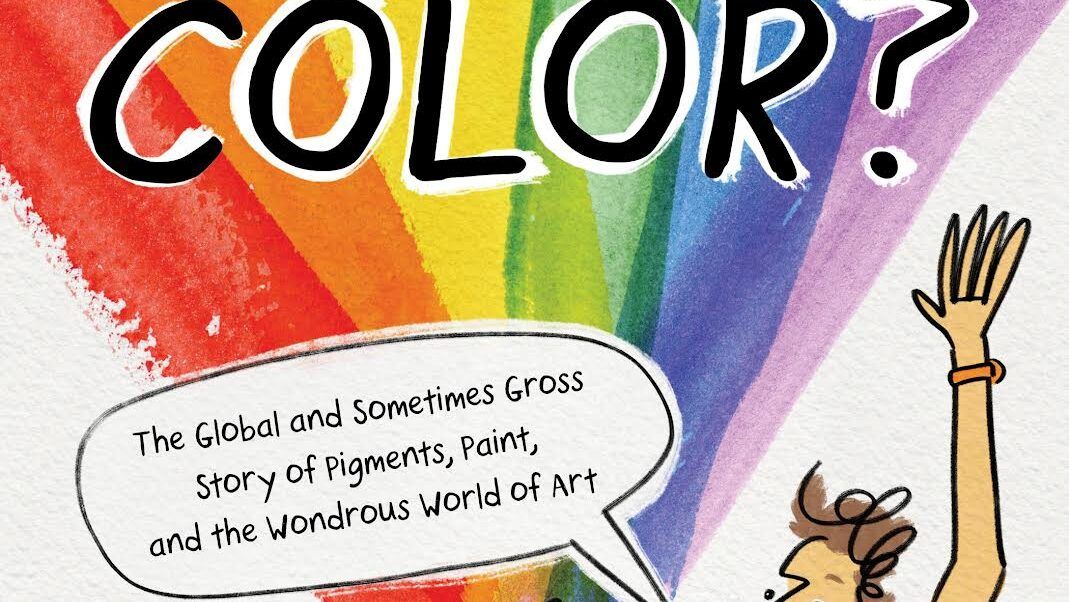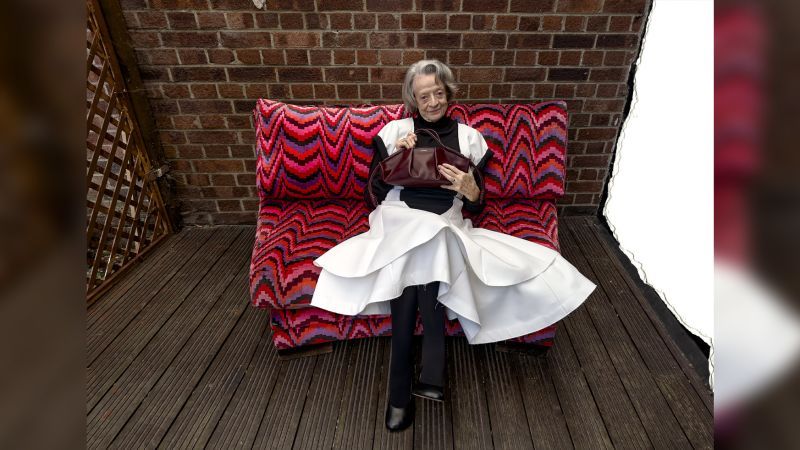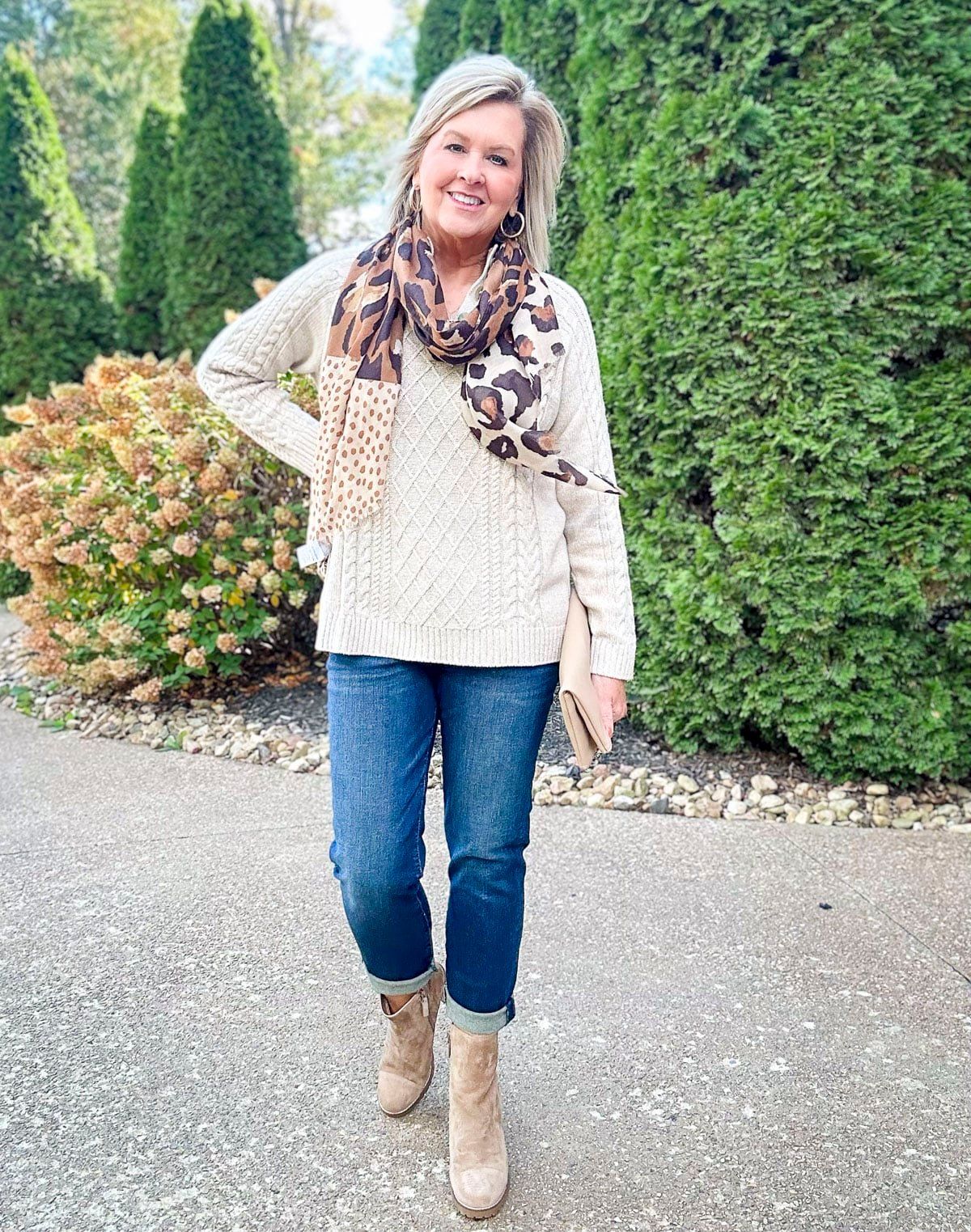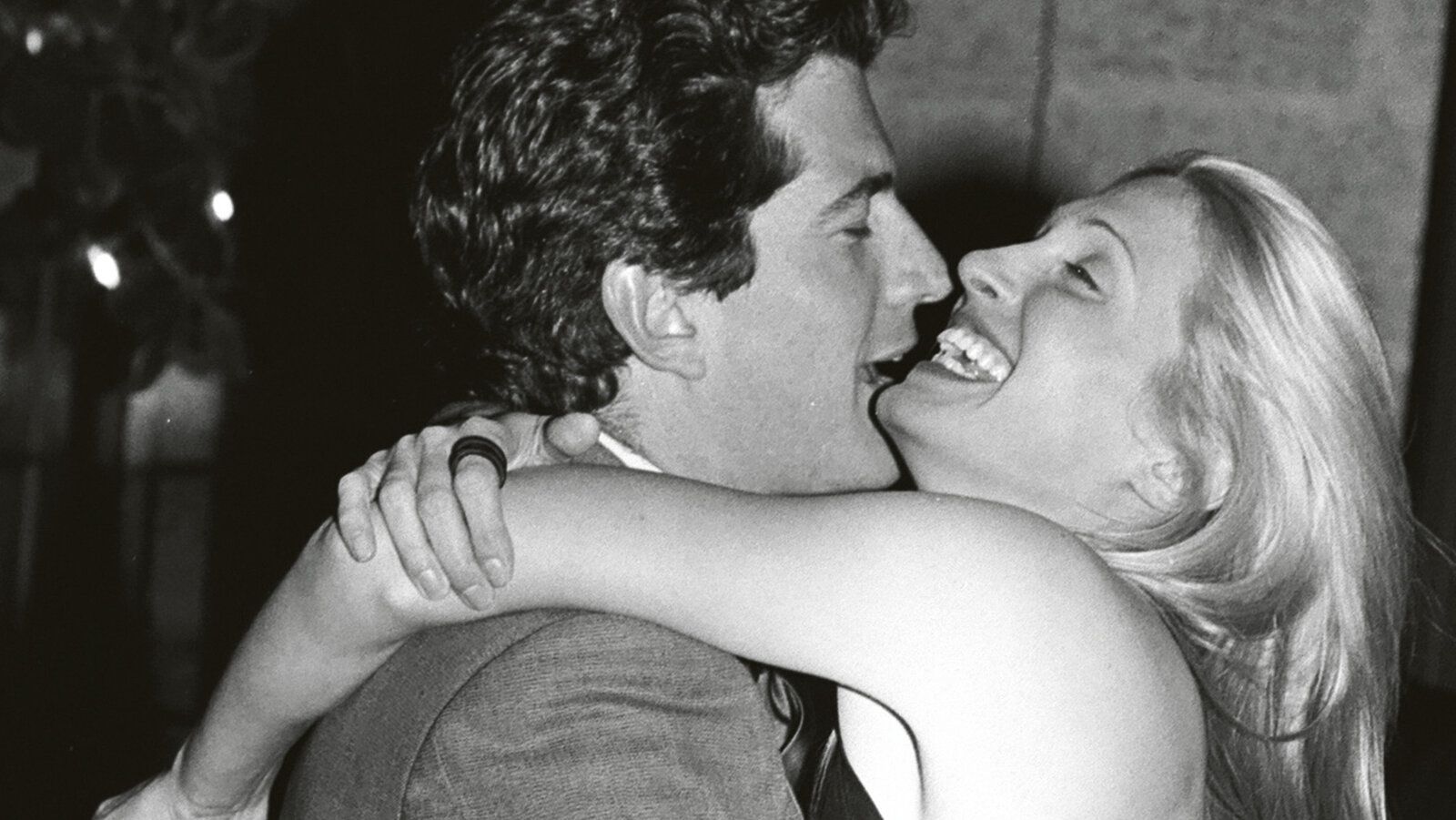Funny story. So way way back in November of 2021, author/illustrator Steven Weinberg wrote me to tell me about a project he was working on. He said:
“I’m currently dummying out a leviathan (about 100 pages) of a nonfiction kids book all about how color is made for Roaring Brook. Working title: MANGO PEE, DRAGON’S BLOOD AND SQUISHED SEA SNAILS. (Yes, all pigment sources!) I remember the copies of THE WAY THINGS WORK that I checked out from my school library. Those had been read and poured over so many times they were barely held together. (Well, I imagine librarians retaped them constantly.) I want this book to be Macauly-esque in terms of color.”
Well, I don’t want to spoil the ending of this story or anything, but Steven’s publisher wasn’t going to go for a title with the words “Mango Pee” in the title. They did, however, think that this sounded like a pretty neat book. As such, they published it and now we have, on the horizon, an amazing nonfiction title for kids focused on color coming out in 2024.
SCROLL TO KEEP READING THIS POST
ADVERTISEMENT
ADVERTISEMENT
What Is Color?: The Global and Sometimes Gross Story of Pigments, Paint, and the Wondrous World of Art by Steven Weinberg is slated to arrive on our shelves in August of 2024. So far, its publisher (Roaring Brook) describes it this way:
“In this zany, inclusive, and vibrantly illustrated guide to all things color, the origins of today’s pigments come alive across continents and history, with oodles of art, tons of science–and extensive interactive backmatter!
So what is color? A red apple? A yellow banana? The purple goo from a squished sea snail?
Once you start digging, color turns out to be a lot of things – it’s messy, stinky, and even a little bit dangerous. You may already know that it’s art, but it’s science, too! What is Color will take readers all over the world, introducing them to talented, brilliant, creative people from scientists to famous artists and everyone in between as we take the color wheel for a spin.
Perfect for curious and creative minds who love paintbrushes as much as microscopes, this clever and eye-catching full-color nonfiction book dives deep into the strange, wacky, silly, and occasionally perilous history behind the colors that paint our everyday lives.
Readers will get:
- A laugh-out-loud funny adventure full of gross-out facts (like how cow pee can be used to make the color yellow!).
- Hilarious illustrations that encourage creativity and fun while learning!
- A kid-friendly primer on global art history, from Yayoi Kusama to Van Gogh, Basquiat, and many more.
- A dazzling full-color book, with rainbow edges and vibrant info-filled endpapers.
- Extensive backmatter full of art and science activities perfect for the classroom and home!”
And if you know Steven, you know that this is just the tip of the iceberg. Me? I have seen the iceberg, my friends, and it is glorious. Today, allow me to talk to Steven about the book and everything that it entails.
Betsy Bird: Steven! I’m so freakin’ excited about this book you have coming out. And nonfiction too! I don’t recall you doing too much with that kind of book before, so tell me a little bit about where WHAT IS COLOR? came from. What was the impetus?

Steven Weinberg: Thank you! Me too! Impetus-wise, I should probably cite the first colorful crayon I ever chewed on as a kid. But I think the idea of this really started to percolate when I was in college. I’d never taken any art history classes before and I remember this aha moment of OH WOW THIS THE HISTORY OF THE WORLD—IN PICTURES. I just loved how you could point to any moment in history and rather than talk about some battle or some important white dude, you could point to a work of art. From there you can dissect when it was made, why it was made, and most exciting for me: how it was made. Flash forward to now: I love talking to kids about pictures (I’ve totally stolen that art history lecture format for my school presentations) and I love breaking things down into the how. Of course this being the book world, it’s only taken me a few decades to put all this down onto the page!
BB: It seems to me that you’re balancing the inclusion of necessary information alongside a lot of funny stuff. For example, you kick off the book with a discussion of pigments, vehicles, and mediums, which could easily have been dull, but throw in a goodly amount of humor and cow pee along the way. When writing a book for kids, it feels like this balance is essential. How did you work out the right mix?
SW: I had this amazing middle school history teacher named Ms. Kim who started the year with a lecture about note-taking. Like, no history at all, just a whole class about how to take notes with no hierarchy of this way is better than that way. Some people do lists. Some people make charts. Some people make cartoons and dumb jokes in the margins. (Ahem.) As a very disorganized kiddo, it blew my mind and gave me a permission structure to absorb information the way my brain works. Working now, I think that this is ONLY way I could have ever begun to both understand something like that electromagnetic spectrum, and then convey said knowledge to young readers. My struggle is always how to balance the truly important facts with a firehose of incredibly entertaining yet dubiously helpful gags. I’m really, really flattered you think I’m onto the right mix!

BB: The book is certainly a history of color, but by necessity it’s also including a lot of art along the way. What impressed me so much was how it wasn’t all Euro-centric focused. You really open it up to a worldwide consideration in each and every color. Was that the game plan from the start? And what was your research process for finding all these colorful facts?
SW: In the same way groups like We Need Diverse Books are brilliantly making us look more critically at the kids’ book world, a whole universe of scholars and activists are doing the same thing in the art world. I’m deeply indebted to all that hard work. I’m continually stunned and disgusted by older art history texts that simply write off things like all First Peoples of Australia art, any art not made in Europe in the last two thousand years, or say, art not made by men. Still, to make sure I wasn’t falling into any old traps, one of the first things I did when making this book was to draw a world map. I jotted down every color story and pointed to where it came from. Embarrassingly in my first draft North America and Europe were VERY crowded. It became my goal after that to literally fill out the rest of my the map. That truly global map is now in the back of my book as a reminder that the color we see today is a product of all humanity’s efforts.
BB: Good man! So let’s get technical. In the past, children’s books could only be printed with limited color palettes. These days the technology has improved by leaps and bounds, but I still have to wonder . . . when you sent in these pages, were there any discussions with your art director on how one color or another will actually physically look in the printed final pages? Do you still look at the print outs before they go to press, or is everything reliable these days and you don’t have to anymore?

SW: Yes! I love this nitty gritty part of bookmaking and especially the art directors and production designers who live in it. One thing that surprised me in making this book was that there is a new printing technology! Traditionally anything printed is a mixture of four colors referred to as CMYK (cyan, magenta, yellow, and “k” for black). This is an approach that’s OLD, like it was more or less invented by a guy named Jacob Christophe Le Blon in the 1700s… I could go on and on about this… The new thing is that, in the past few years, printers have perfected what’s called “extended gamut printing”. This is a fancy word for adding a few more colors to CMYK. So now, by adding green, orange, and violet, the color possibilities are not endless, but the range is MUCH wider. Lucky for me, we’re printing What Is Color? this way!!
BB: Dude, if I ever start a band you can bet I’m going to name it Extended Gamut Printing. Guaranteed! Now you pack a LOT onto these pages but surely there were great swaths of stuff you weren’t able to include. So let us hear it! What would you have liked to also add to the mix if you’d had the time and space?
SCROLL TO KEEP READING THIS POST
ADVERTISEMENT
ADVERTISEMENT
SW: Oh man. Apparently, throughout the making of this book, I’d emerge from my studio and just start listing color facts to my wife, Casey. It got to a point where I sort of had to relearn how basic conversations work…! So again, there is so much to include, but I have to credit my al-knowing editor Kate Meltzer for finding places for nearly all of these facts: solid gold toilets, art being invented by Neanderthals vs Homo Sapiens, flesh eating fashion and all! The things I wanted to go into deeper were the truly despicable moments of history (the Spanish invasion of Mesoamerica, the Holocaust, European scholars denying that ancient sculpture was colorful as a way to reinforce the concept of white supremacy, etc) that I only had a paragraph or two to talk about. I labored over those pages really trying to do justice to that in so few words. If I can encourage kids to read more about the things you can’t always make a funny cartoon about, I’ll feel like I did those sections right.

BB: I’m just gonna say it. This looks like it was an absolute blast to put together. Any plans for similar titles after this? Because we need more highly informative, hilarious informational books out there.
SW: It was! And what an excellent question because. . . I’m working on a book right now with my collaborator on the AstroNuts series (and, yes, father-in-law) Jon Scieszka right now. Is it highly informative? Yes! Is it hilarious and informational? Absolutely! We are humbly calling it How To Write and Draw ANYTHING. We’re taking the same format of What Is Color? and making a book about how to approach writing, drawing, and creating, well, anything. So it’s about scary things like laying your eyes on a blank page, even scarier things like sitting down to actually write or draw, and truly horrifying things like REVISIONS. Then balance all that with what Jon and I truly think is just as important to creativity: not writing or drawing. As in, the time spent staring into a bowl of noodles, watching cartoons, or going fishing—all of which are great ways to find ideas. So as soon as we finish with the noodles, cartoons, and fishing, Jon and I are VERY excited to share this book with you!
BB: I literally cannot wait!
Aww. What a nice guy. And now? Some interior spreads from the book!







I want to thank Steven Weinberg for taking the time to answer my questions today, and also to thank editor Kate Meltzer for helping to put this all together. WHAT IS COLOR? is on bookstore and library shelves everywhere August 20, 2024, but don’t worry. Good things come to those who wait.
Filed under: Best Books, Best Books of 2024, Interviews
